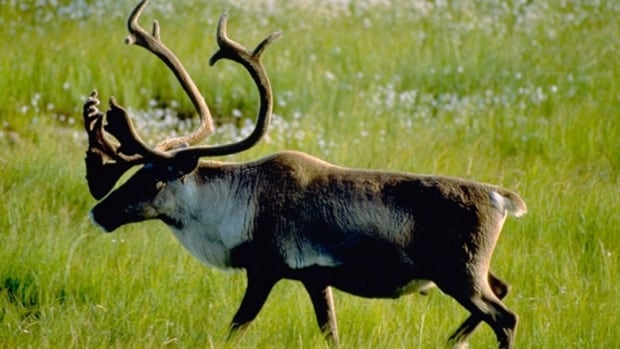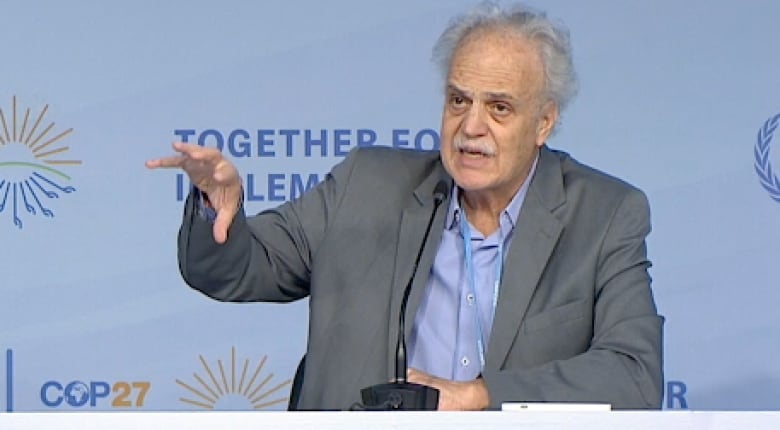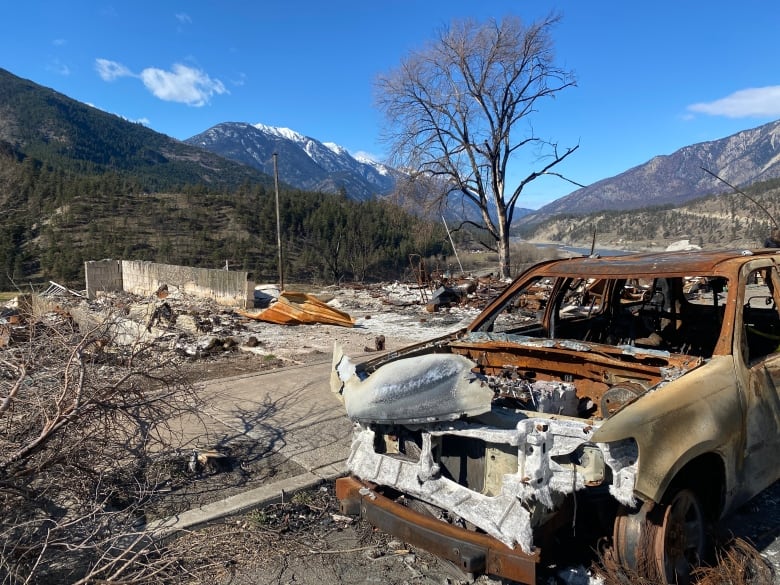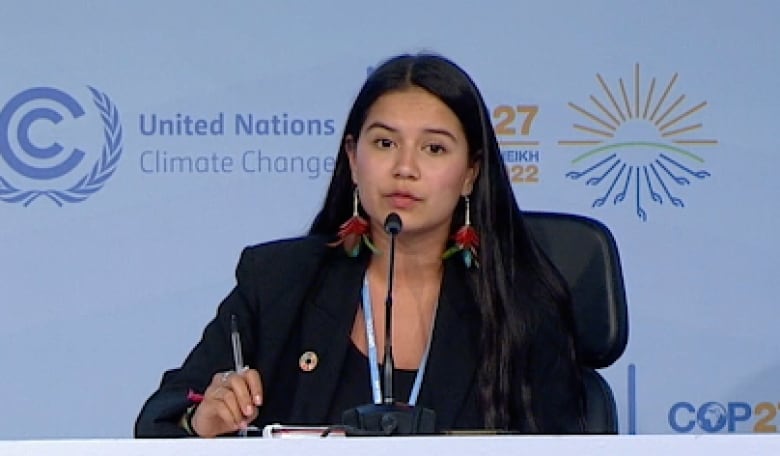
Civil society groups, Indigenous activists and scientists are standing together at the COP27 climate conference in Sharm el-Sheikh, Egypt, and demanding firm action be taken next month at the UN Biodiversity Conference that will be hosted in Montreal.
The conference aims to get governments to agree on a framework to “bring about a transformation in society’s relationship with biodiversity,” which is in rapid decline worldwide due to climate change and other factors.
The moment is seen as critical for biodiversity loss, as the world warms to a level that could soon trigger tipping points in the natural world that could have cascading and catastrophic effects not yet fully understood, but which experts say would be, in all likelihood, irreversible.
“The climate and biodiversity crises are deeply interconnected and must be addressed simultaneously,” said Lucy Almond, chair of the Nature 4 Climate Coalition, a united group of 20 organizations, including the World Wildlife Fund and World Resources Institute, dedicated to elevating nature as a climate solution.
“In three weeks’ time, ministers will arrive in Montreal for the Convention on Biological Diversity, COP15, with the aim of giving biodiversity and ecosystems the same international protection as climate,” Almond said.
She called it a once-in-a-decade opportunity to create an international agreement that will actually set out to tackle both crises together.
The key architects of the 2015 Paris Agreement — Christiana Figueres, Laurence Tubiana, Laurent Fabius and Manuel Pulgar-Vidal — have added their voices to the calls for the Montreal-based conference to create a sister agreement to that document to address biodiversity losses.
Currently, the planet is seen to be on the brink of the sixth mass extinction event, the first one triggered by humans, with approximately one million species already at risk of extinction.
Tipping past the point of being saved
Biodiversity loss is happening because of habitat destruction, pollution, over-exploitation and other reasons — and is forecast to accelerate because of the destabilizing effects climate change is having on planetary systems.
Research published this year in the journal Science found that if the planet exceeds 1.5 C of warming above pre-industrial levels, that could begin triggering irreversible effects around the planet, called tipping points.
As the name suggestions, a tipping point isn’t a gradual change as the temperature increases, like a slowly melting glacier. Rather, the researchers forecast that at certain thresholds, the Greenland ice sheet is likely to collapse, coral reefs will rapidly die off, and so on. Scientists have identified 16 of these systems that are responsible for maintaining the planet’s natural equilibrium, but those systems are destabilizing as the planet warms.
“The risk of tipping points — the science has highlighted that for a long time — but sometimes in COP negotiations, people don’t talk much about the risks,” said Carlos Nobre, an Earth system scientist from Brazil’s University of São Paulo.

As examples, he noted how loss of tropical forests would trigger the release of enormous amounts of greenhouse gases, warming the planet further and setting off a nasty feedback loop. A similar dynamic exists as permafrost thaws in the Arctic, he added.
“So we have to avoid those tipping points. Otherwise, in the 22nd century, the temperature will be without control,” Nobre said Wednesday.
From the Arctic to the heat dome
Among the 16 critical tipping points is the potential collapse of Arctic sea ice, which would have a devastating impact on plants, animals and the entire Arctic ecosystem, said Johan Rockstrom, the director of the Potsdam Institute for Climate Research.
He also underlined just how close to home this could hit for all Canadians, noting it’s possible to draw a line from sea ice melt to the town of Lytton, B.C., burning in the summer of 2021.
“The ground zero for the most rapid changes on planet Earth is in the Arctic. The Arctic is where things are happening three times faster, on average, sometimes four times faster than the average temperature rise,” Rockstrom said.
Melting sea ice is impacting all Arctic species, he said, but it’s also connected into other tipping point systems in different parts of the world, specifically shifting the polar jet stream from its normal equilibrium.
“It’s driven by the gradient of warm air in the equator and cold air in the Arctic,” he said. “Which keeps the whole jet stream in a very stable circular form, pushing all the weather systems across the North Atlantic.”
As the Arctic warms, that gradient weakens, and the jet stream stops flowing as quickly and the pattern loses its shape forming lobes, Rockstrom said. These lobes are responsible for the blocking weather patterns that result in heat waves, stalled out rainstorms and so on.
“The terrible summer in British Columbia last year — 49.6 C and the burning down of the town of Lytton — that was an omega blockage of the jet stream, related to the Arctic melting,” said Rockstrom.

Since the last Ice Age, the world has existed in a way that has been ideal for human, plant and animal life on this planet, he said, but what we’re seeing now is the potential for the dominoes to start falling.
“The purpose of the planetary boundaries is to prevent humanity from crossing tipping points. Because when you cross a tipping point, things get irreversible and irreversibility means that we drift off toward a less and less livable planet.”
Indigenous leadership and solutions
In Canada’s Arctic and elsewhere, Indigenous people are on the front lines of climate impacts — including in the Amazon rainforest.
Helena Gualinga, an Indigenous activist from Ecuador, spoke Wednesday in Egypt of the need for governments to take responsibility for their role in ecosystem destruction and allow for Indigenous voices to help heal the damage.
Gualinga also pointed out that 80 per cent of the world’s biodiversity is held on land controlled by Indigenous people, who only represent five per cent of the world’s population.

In her community, she said, there are only 1,200 people but they’ve taken on a stewardship role protecting 144,000 hectares of the Amazon.
“There is a reason for that, and it’s the philosophy and mindset and culture and relationship that Indigenous people have to nature.”
Scientists and activists were clear: the summit and Montreal must be taken seriously. The conference is held every 10 years — with this iteration delayed two years by the pandemic — and has a lower profile.
But Almond said this moment cannot be understated: It will be a defining moment for how we as a society will address that challenge.
“The science is definitive, we’re losing biodiversity at the fastest rate in human history.”